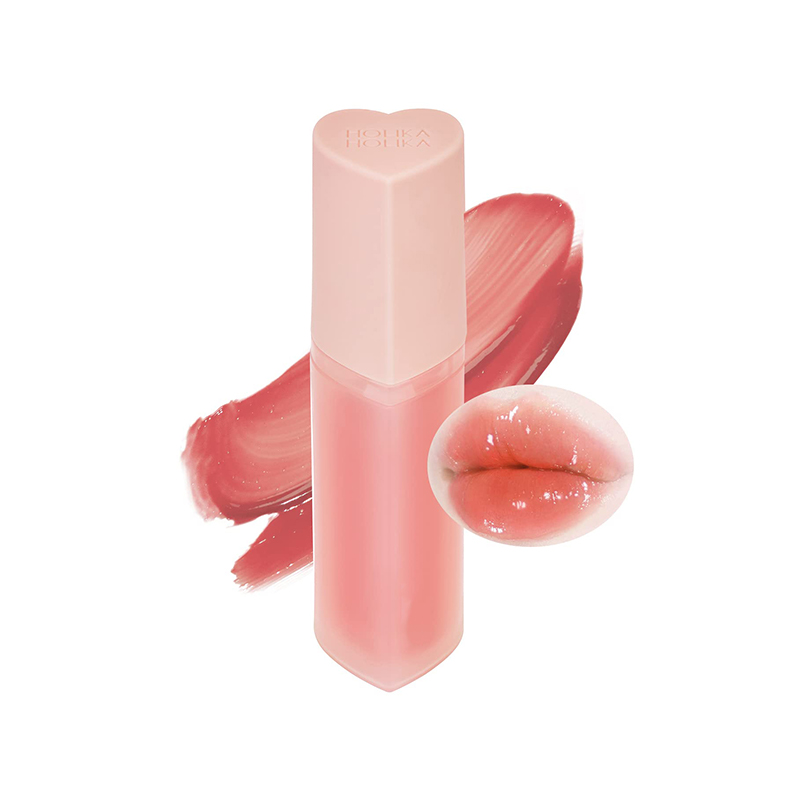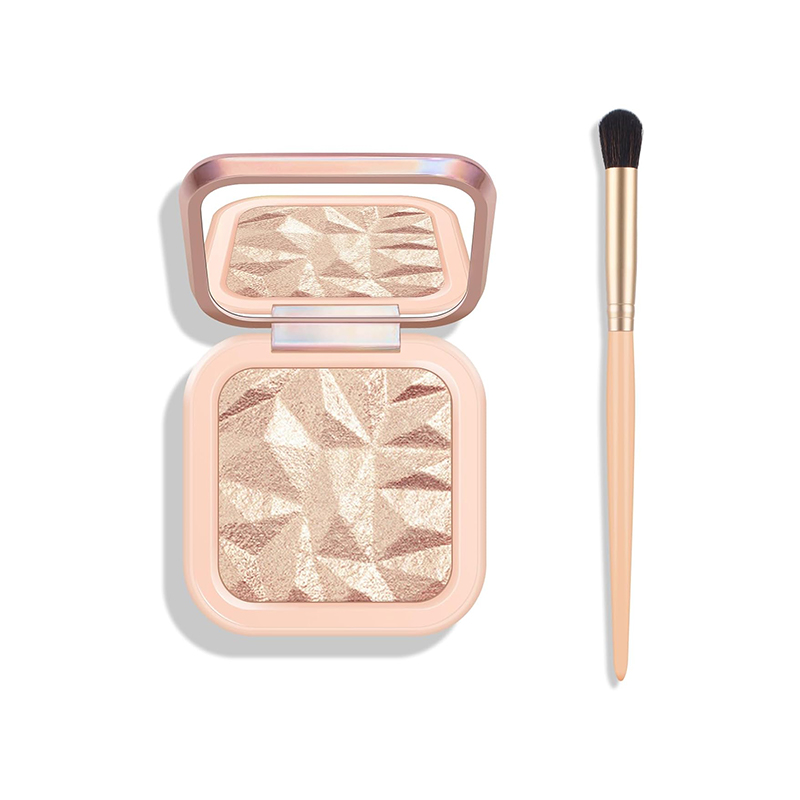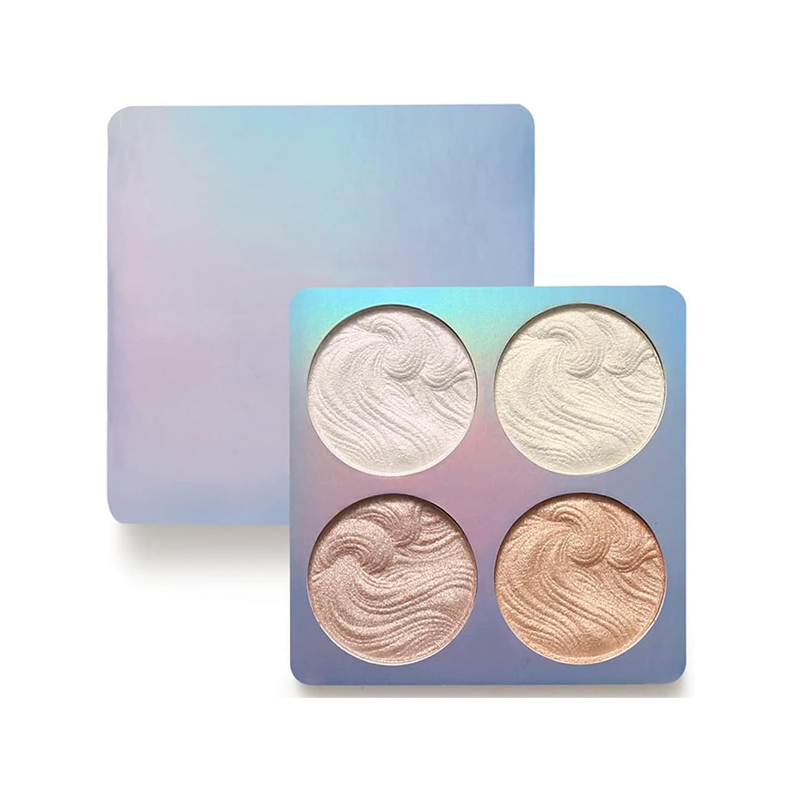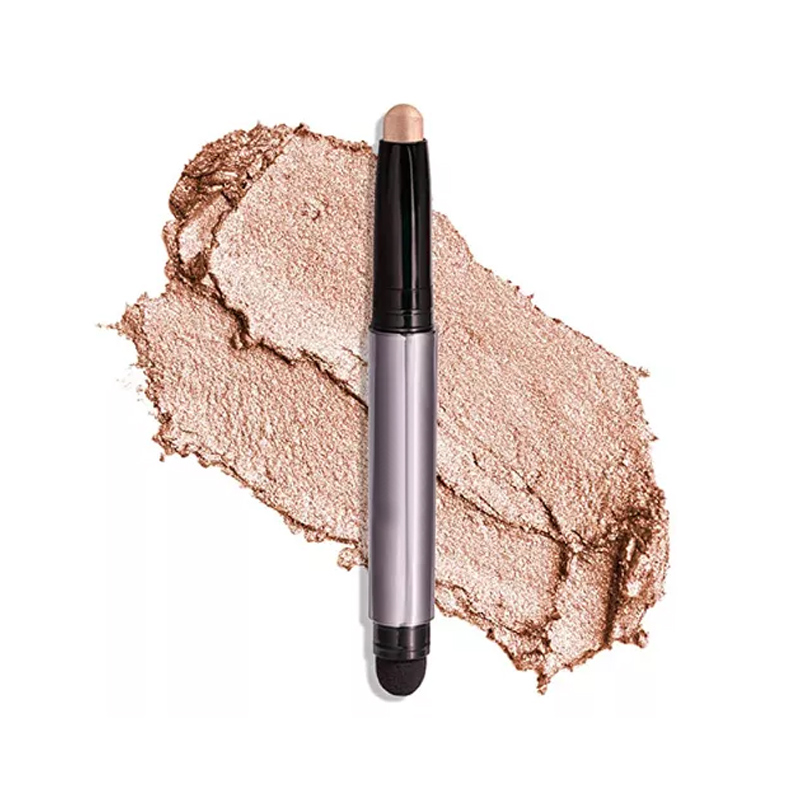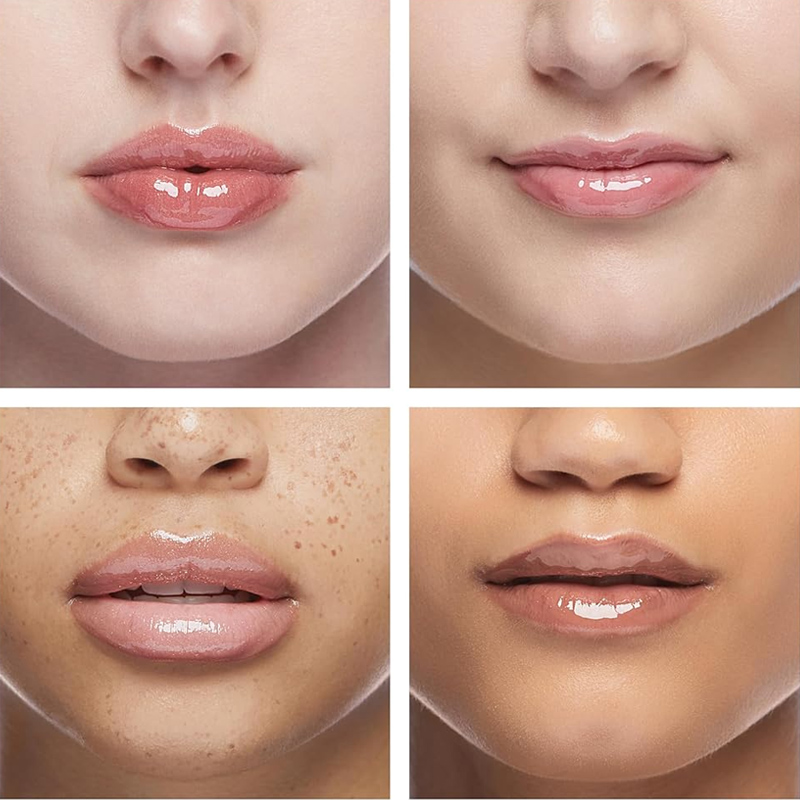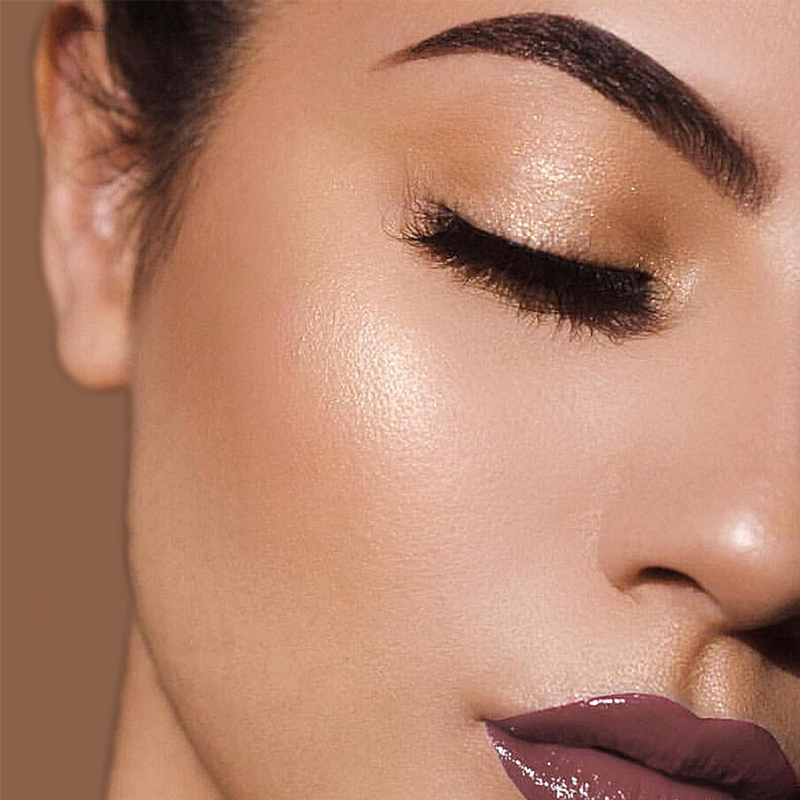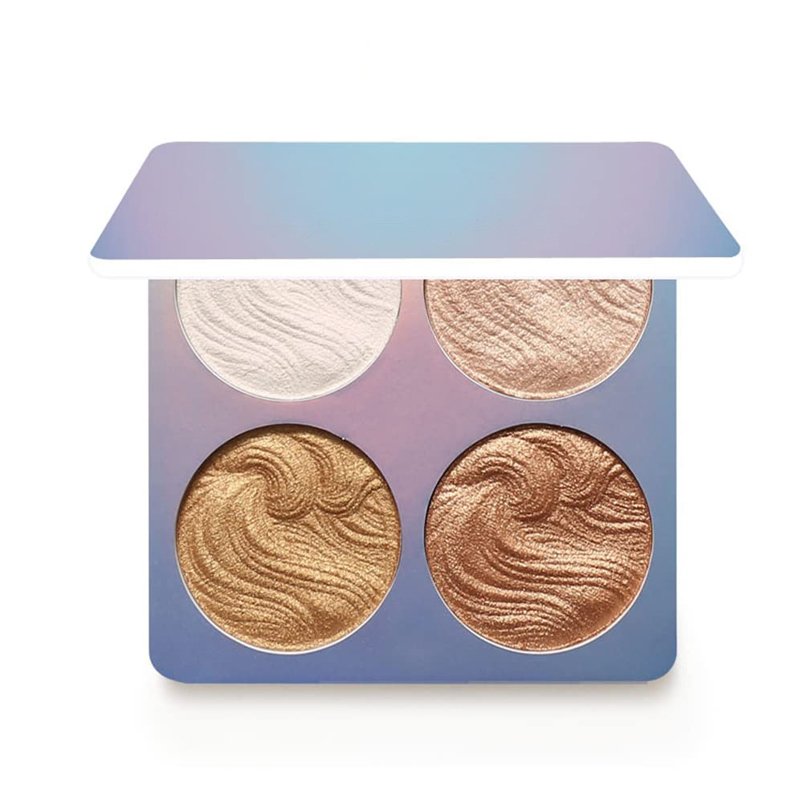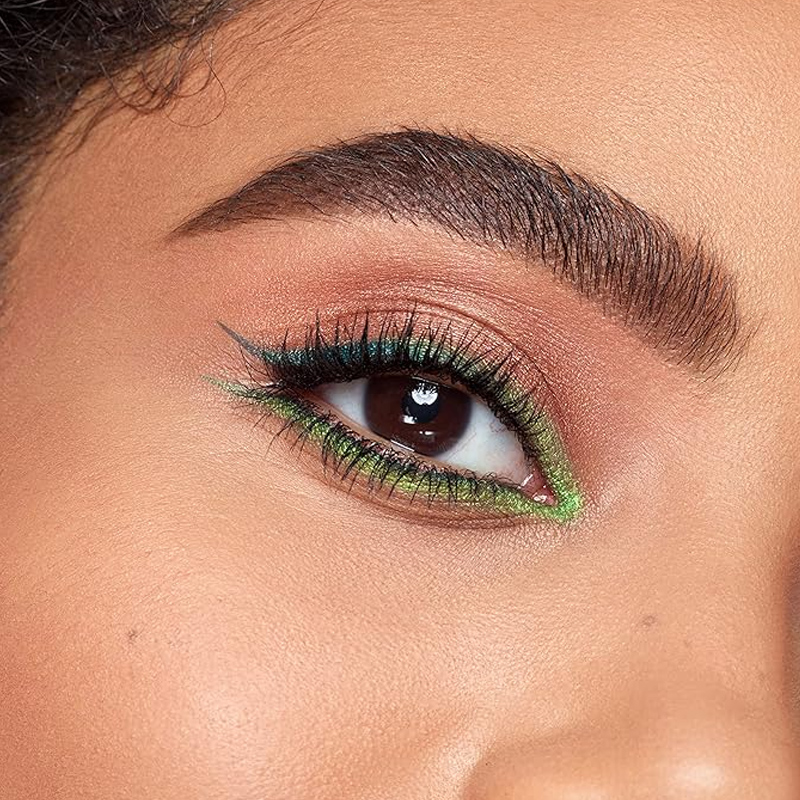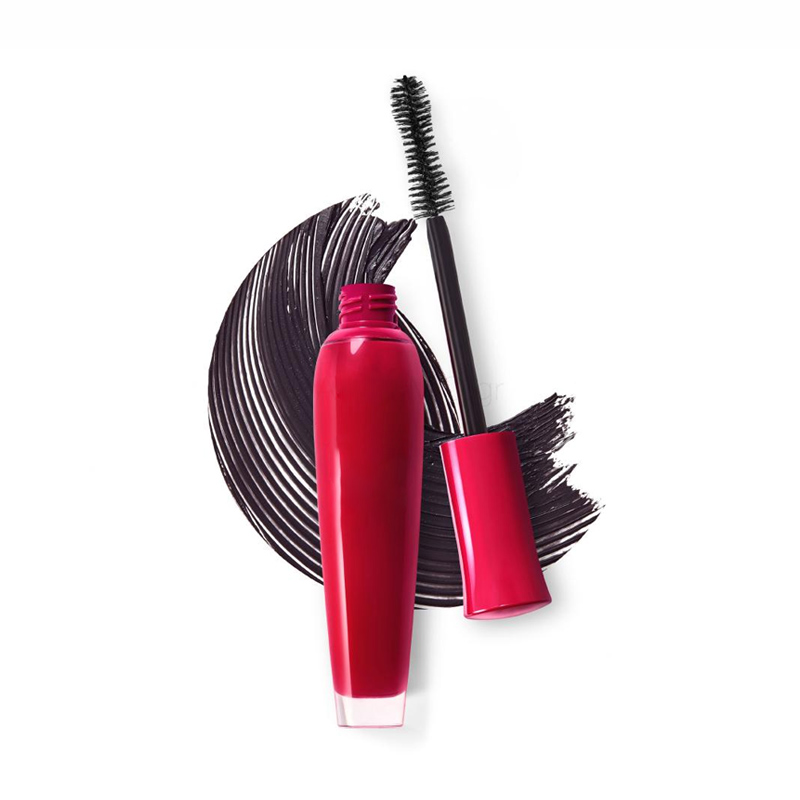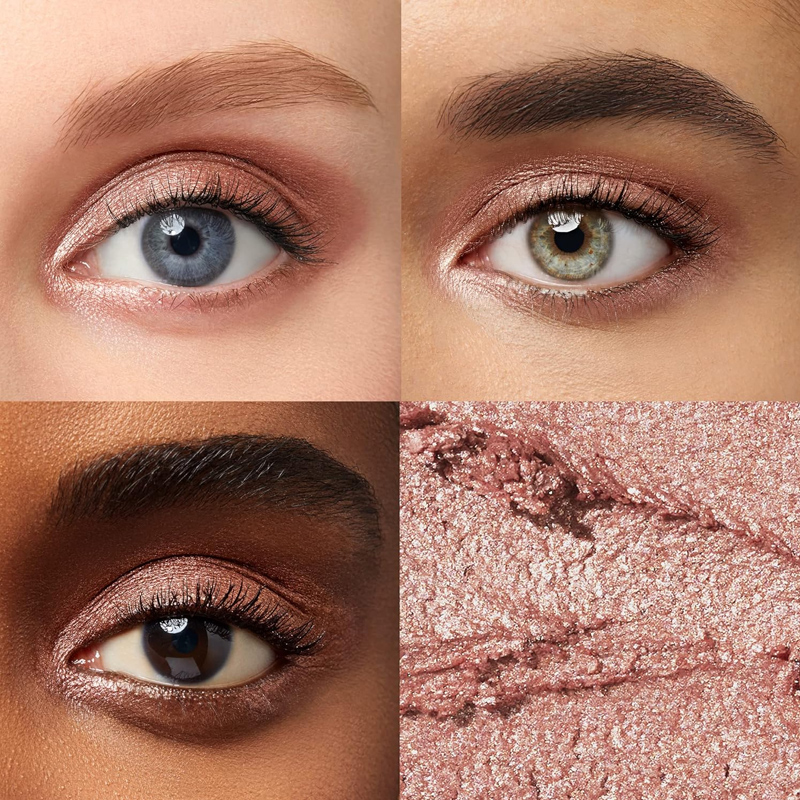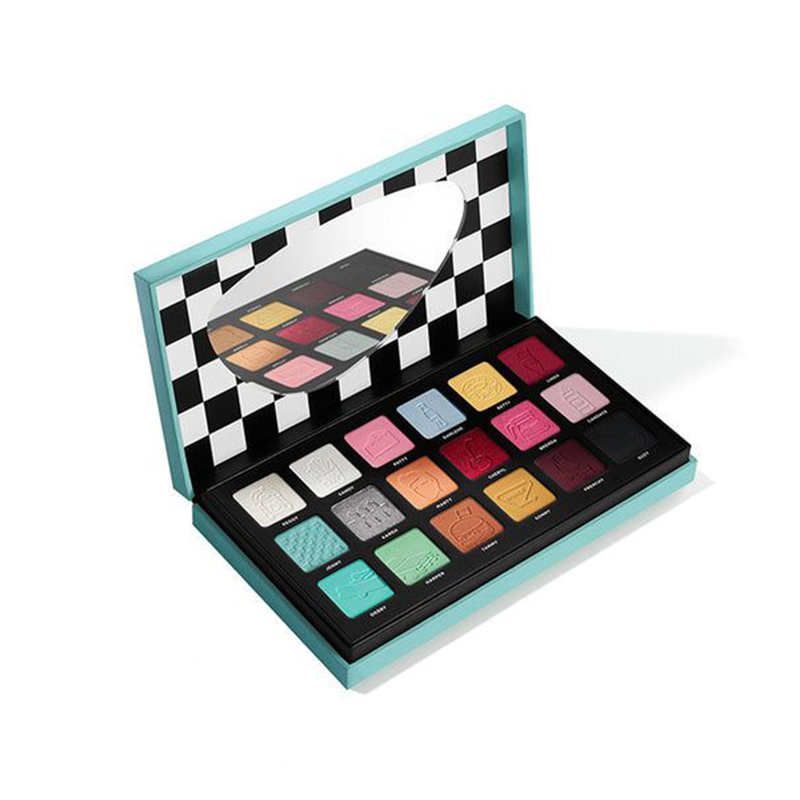Didn't find the product you like?
We gonna help you find matched one fast
The Rise of Eyeshadow Palettes: Revolutionizing the Beauty Industry
2025-03-14
The beauty industry has experienced an incredible transformation in recent years, with eyeshadow palettes becoming one of the sought-after products in makeup collections worldwide. What once started as a simple cosmetic item has now evolved into a major beauty trend, with a wide range of options catering to every skin tone, personal style, and preference. Eyeshadow palettes have revolutionized the way consumers approach eye makeup, offering a convenient and versatile solution for creating endless looks with a single product. This article delves into the growing popularity of eyeshadow palettes, the driving factors behind their success, and what the future holds for this essential makeup item.
1. The Shift Towards Customization and Versatility
The rise of eyeshadow palettes can largely be attributed to the demand for customization and versatility in makeup. With a single palette containing a variety of shades, consumers no longer have to invest in multiple eyeshadow singles or shades to create the look. Eyeshadow palettes cater to various preferences, offering an array of matte, shimmer, glitter, and satin finishes, which means users can experiment with different textures to suit various occasions, from day-to-night looks to bold, dramatic eye makeup.
The ability to mix and match colors within a palette allows consumers to unleash their creativity, making it easier to achieve personalized looks without the hassle of searching for individual shades. Whether someone prefers neutral tones for a natural look or vibrant hues for an edgy style, there’s an eyeshadow palette available to meet every need. This customization factor has helped eyeshadow palettes gain popularity among beauty enthusiasts and makeup professionals alike, offering them the flexibility to create a wide range of looks using just one product.
2. Inclusivity and Diverse Shade Range
One of the significant trends in the eyeshadow palette industry is the growing emphasis on inclusivity and catering to all skin tones. Historically, the beauty industry struggled to offer shades that worked well with deeper skin tones, particularly in the realm of eyeshadows. However, many major beauty brands have responded to the demand for more inclusive beauty products, creating eyeshadow palettes with an expanded range of shades designed to suit diverse skin tones.
Today, many eyeshadow palettes feature a balance of light, medium, and deep shades, ensuring that consumers with various skin tones can find colors that enhance their natural beauty. Furthermore, brands have started to prioritize highly pigmented formulas, ensuring that even deeper hues show up vividly on all skin tones, without appearing washed out. This shift towards inclusivity has made eyeshadow palettes more accessible and appealing to a broader audience, fostering a more diverse beauty community.

3. Innovations in Formula and Texture
As the competition in the beauty industry intensifies, brands have been innovating to stay ahead of the curve by introducing new and improved formulas. Today’s eyeshadow palettes are not just about color selection—they’re also about performance. One of the key innovations has been the development of highly pigmented, long-lasting, and easy-to-blend formulas that enhance the user experience.
In addition to the classic powder formulas, many eyeshadow palettes now include cream, gel, and liquid textures that offer unique finishes. These products provide more options for consumers who seek a different makeup experience, such as high-shine metallics or satin-finish eyeshadows that deliver a dewy and fresh look. Moreover, some brands have introduced eyeshadow palettes with “transforming” shades, allowing users to layer the colors to create multidimensional, holographic eye looks. These innovative formulas help maintain the excitement and creativity surrounding eyeshadow palettes, keeping beauty enthusiasts engaged with new releases.
4. The Influence of Social Media and Beauty Influencers
The rise of social media platforms such as Instagram, TikTok, and YouTube has had a profound impact on the popularity of eyeshadow palettes. Beauty influencers, makeup artists, and content creators have taken to these platforms to showcase their makeup skills, frequently featuring eyeshadow palettes in their tutorials and reviews. This has resulted in significant exposure for many brands, to viral moments that drive demand for specific palettes.


 Language
Language
 中文简体
中文简体 русский
русский Español
Español Deutsch
Deutsch عربى
عربى

 0
0
